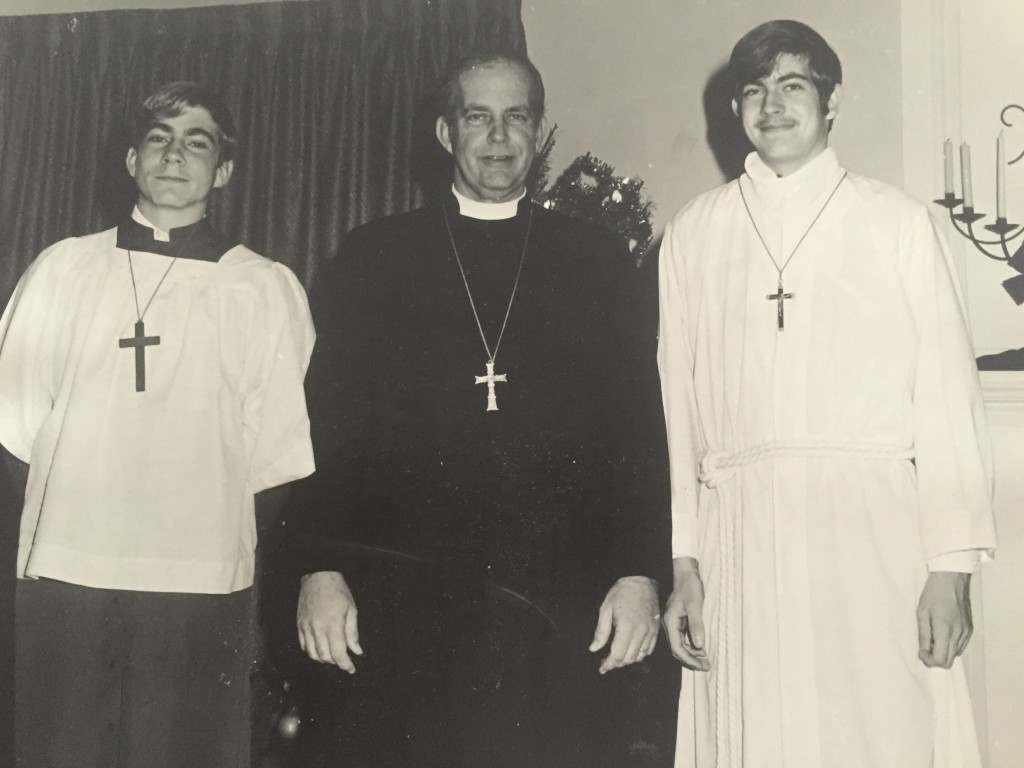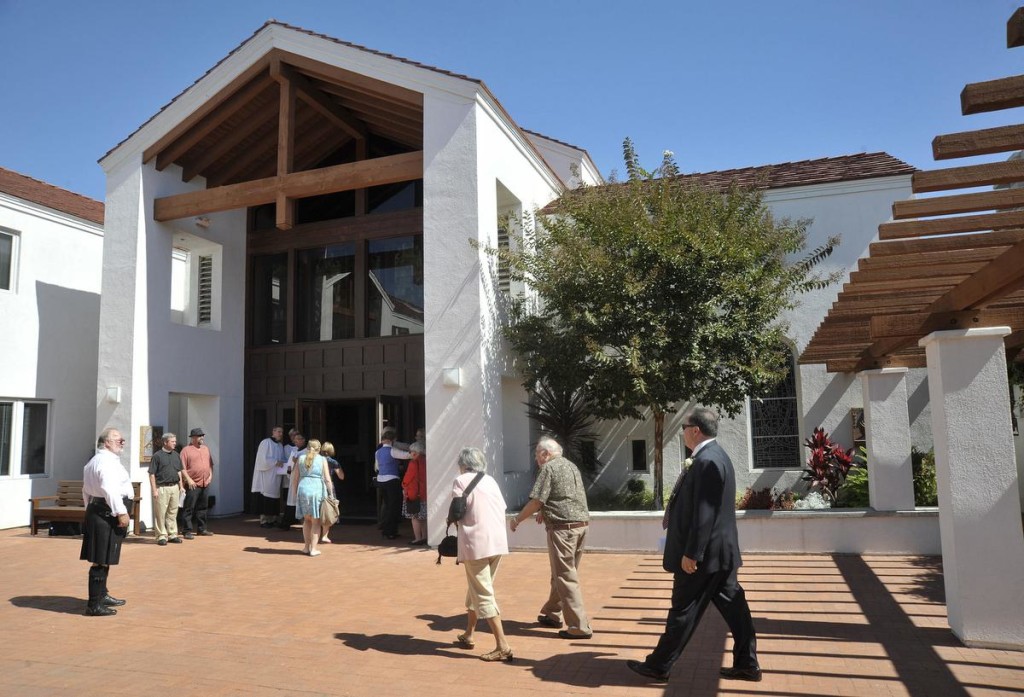St. James Episcopal Church in Newport Beach, California was and always will be my home church. It’s where I grew up. My father, John Ashey, was rector of the beach-side parish in Orange County just south of LA from 1966-1985. I have many fond memories from growing up at St. James. It’s where my mother ministered to women of all ages through Bible studies in our home—and where she also ministered to kids who were runaways and trapped in drugs, some of whom she took into our home. It’s where I watched my father preach every Sunday the good news of Jesus Christ and the Lord’s power to heal physically, emotionally and spiritually. It’s where I saw a sleepy and affluent resort church grow into a center of healing prayer. It’s where I watched not only numbers grow, but hearts grow as people began to study the Bible for the first time, love each other with a depth that was contagious, and share their faith with others. It’s where I experienced the development of a genuine “Three-streams” variety of worship services every Sunday—solemn Rite I and catholic at 7:30am, broad church and evangelical Rite II with many families and a children’s choir at 9:00am, and charismatic with exuberant worship and ministry around the altar at 10:45am. It’s where at the age of 12 I owned faith in Christ for myself, and the baptism of the Holy Spirit, at a preaching mission in the sanctuary of St. James led by Dennis and Rita Bennett. St. James was a growing, vibrant, loving, Christ-centered, Bible-believing and discipling congregation in those wonderful years.

Over the years, the Diocese of Los Angeles moved in a more liberal, revisionist direction but some parishes, including St. James, remained faithful. After my father retired in 1985, the vestry of St. James called a young priest from South Dakota to be their new Rector. The Rev. David Anderson and his lovely wife and children came to sunny California from a much different place. However they brought with them the same faith my father and the people of St. James held. Under Father David’s leadership, St. James grew and became an even more vibrant place of ministry and gospel witness. Healing ministries continued to flourish. New ministries were birthed—“Discovery (a kind of in house “Cursillo”) to introduce new members at St. James to discipleship in Christ, outreach to local rescue missions and jails, and a focus on evangelism through pre-marital and baptismal preparation. Many members of St. James were encouraged to participate in the life of the Diocese, to engage different points of view, and to share their Biblical faith in Christ with both truth and grace. As the congregation expanded, so did the building and facilities. Even after Father Anderson retired from St. James in 2004 to lead the American Anglican Council, St. James remained a place of faithful gospel witness in one of the most affluent areas of the country.
It’s with these memories in mind that I was saddened when I heard what The Episcopal Church was planning on doing with St. James. Like hundreds of other parishes, St. James voted to leave The Episcopal Church in the early 2000’s and was subsequently mired in a protracted lawsuit with The Diocese of Los Angeles. After years of fighting in court, the Diocese won the property. At the time, Bishop Jon Bruno said St. James was for those faithful Episcopalians in the Newport Beach area. So it was surprising when I read this Monday that Bishop Bruno and the Episcopal Diocese of Los Angeles had agreed to sell St. James to a real estate developer. It will be bulldozed to the ground to make room for retail boutiques and condominiums, in keeping with the redevelopment of downtown Newport Beach. No provisions have been made for any sacred space for people of faith to replace this sacred space in the heart of the city.
My heart and mind continue to be flooded with a range of thoughts and emotions. At this point, however, I think it may be best to merely draw your attention to the facts above and have you draw your own conclusions.
In the practice of law there is a Latin maxim in the common law of negligence, breach of duty, and causation of injury–“Res ipsa loquitor,” which means “the thing speaks for itself.” In this case, the facts speak for themselves.
The Rev. Canon Phil Ashey is CEO of the American Anglican Council.

